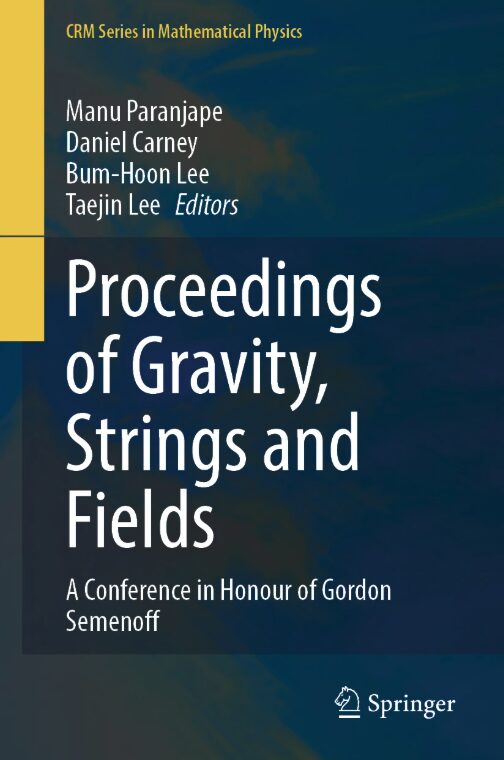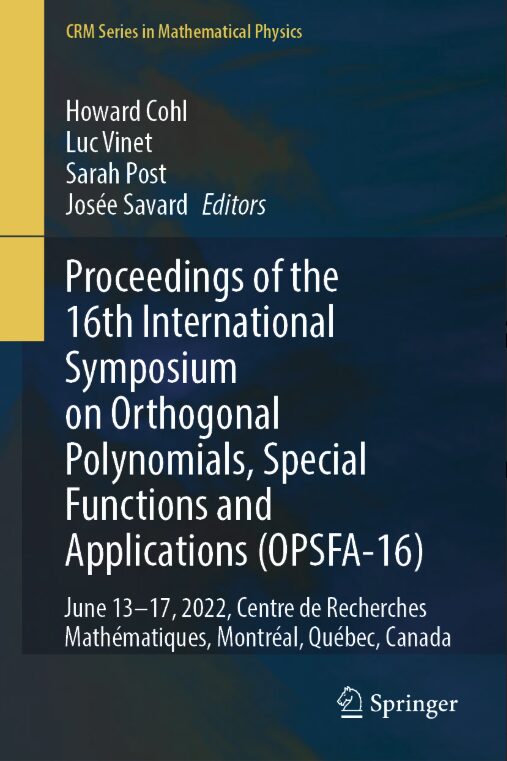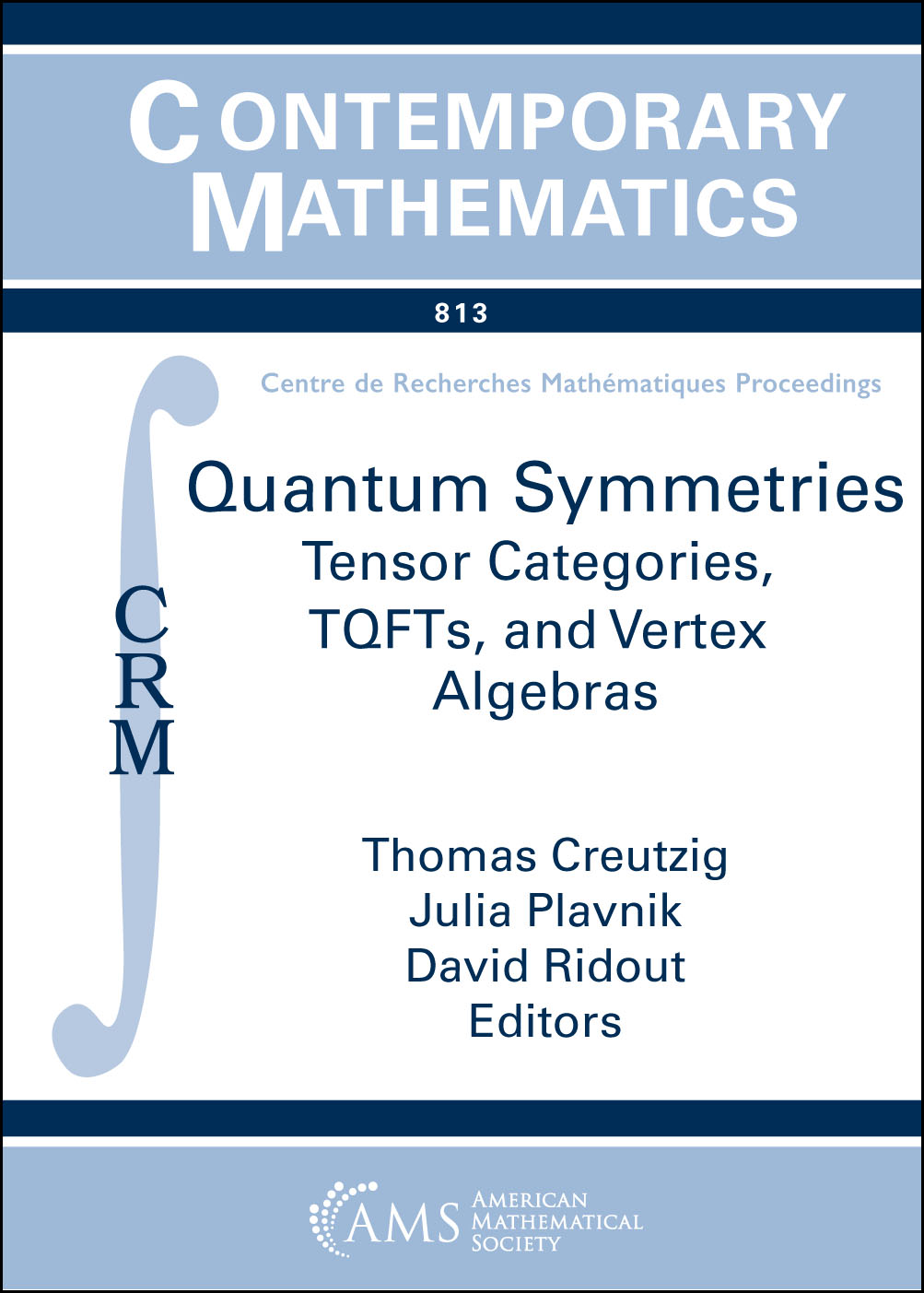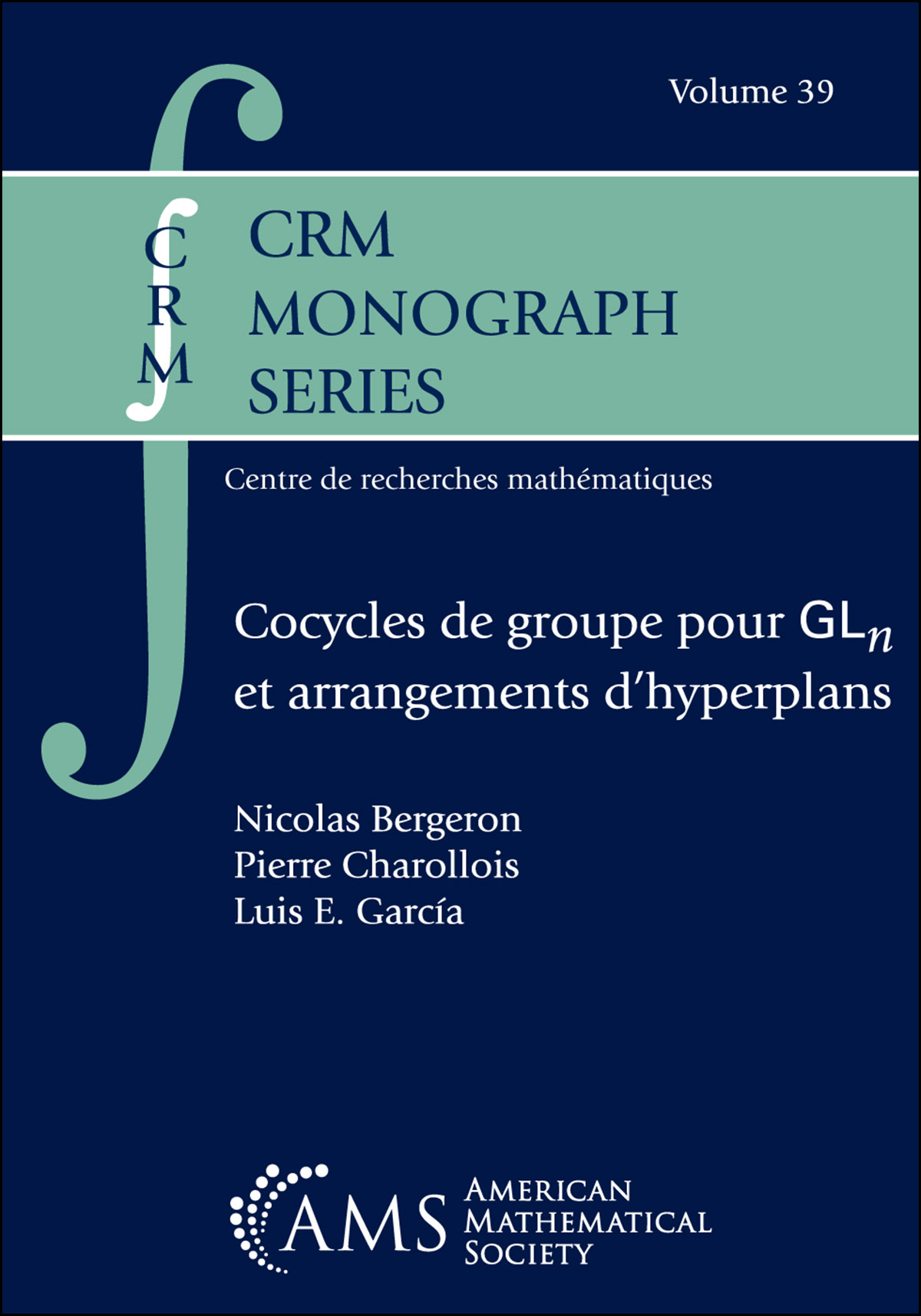18 au 22 août 2025
Les mini-cours examineront la conjecture de l’espace L et les domaines connexes, et fourniront une introduction à certaines des techniques fondamentales de la théorie de Floer.
Conférenciers invités:
- Nathan Dunfield (Urbana-Champagne), The L-space conjecture
- Mike Miller (Vermont), S^1 and SO(3) in instanton Floer homology
- Steven Sivek (Imperial College London), Instanton homology and SU(2)
- Jonathan Zung (MIT), Pseudo-Anosov flows, contact structures, and
foliations
Horaire :

Résumés :
Nathan Dunfield (Urbana-Champagne) :
The L-space conjecture posits a remarkable three-way connection in the context of 3-manifolds between the foliations, group orderability, and Floer homology. Specifically, the following are conjecturally equivalent for irreducible rational homology 3-spheres: having left-orderable fundamental group, having non-minimal Heegaard Floer homology, and admitting a co-orientable taut foliation. Lecture 2: Group orderability I discuss the notion of a left-ordering on a group and its alternate characterizations in terms of group actions on the real line. I outline known methods for showing a group is or is not orderable. Lecture 3: Experiments and examples I outline some of experimental evidence for the L-space conjecture, illustrating how one in practice finds taut foliations, decides (non)orderability, and computes Floer homology.
Mike Miller (Vermont) :
I will survey the development of equivariant Floer homology and its applications over the past twenty years or so, beginning with Froyshov’s pioneering work and continuing through Daemi and Scaduto’s reformulation. The main technical difficulty is « equivariant transversality », and I will discuss recent efforts to solve this problem and some of their applications.
Steven Sivek (Imperial College London) :
We will begin by motivating the study of SU(2) character varieties of 3-manifold groups, and discuss its relation to various forms of instanton Floer homology. After this, we will discuss the “pillowcase”, meaning the SU(2) character variety of a torus, and show how for manifolds M with torus boundary, we can apply holonomy perturbation manifolds M with torus boundary, we can apply holonomy perturbation techniques to prove powerful theorems about how the characters of Mrestrict to the pillowcase. Finally, we will use these to prove various non-triviality theorems for the SU(2) character varieties of many
interesting classes of 3-manifolds.
Jonathan Zung (MIT) :
I will survey some of the relationships and analogies between pseudo-Anosov flows, tight contact structures, and taut foliations. Lecture 1: I will explain some common properties shared by these structures, such as genus lower bounds. Lecture 2: I’ll explain some of the ideas behind the Eliashberg—Thurston theorem, which produces tight contact structures from taut foliations. Lecture 3: I will survey recent results on the rigidity of pseudo-Anosov flows and some applications to contact geometry.





